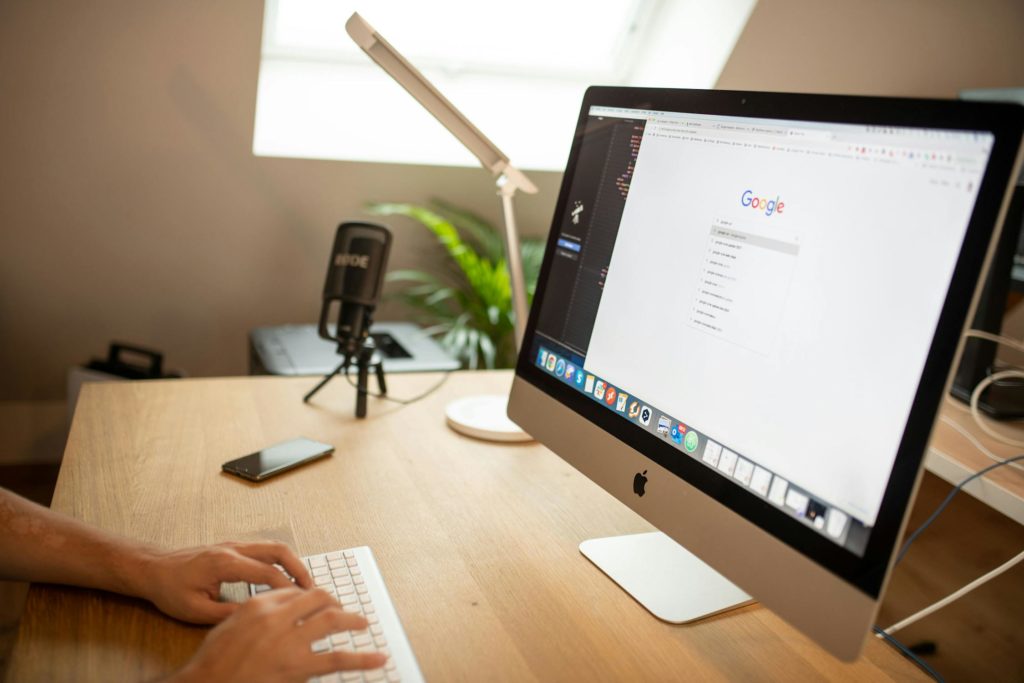Are you utterly tired of dealing with the closed economy of the Apple system, which feels even more restrictive now you’ve sold your Macbook? Are you somewhat annoyed with Google’s tracking for search engine advertisements? Are you a little peeved with Outlook and the Microsoft suite, which you so closely associated with your office job?
There are so many reasons to switch up the digital ecosystem you use most often. Over time, we may feel like a change is necessary, think about opening a new email address, or perhaps opt for more valuable services that cost less and offer more.
There’s only one issue that can perplex us in these circumstances – how can I port over all of my digital files and contacts for use with one over the other? It’s not always clear, and sounds like it would take days of work to make everything function as before. Well, believe it or not, the process isn’t quite that difficult. In this post, we hope to explain how and why that is:
Use Porting Utilities
In some cases, devices can help you download vital information from your accounts and then share those with others. For example, if you hope to switch from Chrome to another browser, you can import your bookmarks and vital information. This means you can continue as expected in a web environment. In addition to that, tools for personal media curation, like Apple Music to Spotify conversion, can help you connect your liked artists and playlists without worry. This allows you a comfortable middle ground.
Download The Specific Cloud App & Upload
You may be surprised how much cross-compatibility exists between providers in 2024. For example, if you’re moving from Windows to Apple, you could download the iCloud desktop app, upload all of your documents, photos and files you need to retain from one platforms to the other, and then download when you move to a different advice. Just make sure you have your cloud storage plans at the correct size to store all your digital files or your file upload may be limited.
Take A Quick Refresher Course
Ultimately, all digital interfaces have been designed to be intuitive, but there’s certainly different design philosophies at play worth understanding. For example, if switching from Android to iPhone, learning swipe gestures, getting used to Face ID instead of fingerprint, and looking into the settings app to control each application’s configuration (as opposed to going into the app itself) can be a good shift to make. Look at the main website or watch an introductory video to get used to the new environment, look through all the menus, set your preferences, and if necessary, disable features you don’t need. This way, you can adapt to your new device enjoy the process, and deal with the minor challenges as they crop up. Registering for a user forum on the main website can also help you ask questions of the community and get the best out of that framework.
With this advice, you’ll be sure to switch from one digital economy to the other as seamlessly as you were hoping for.

